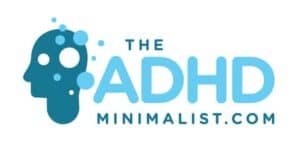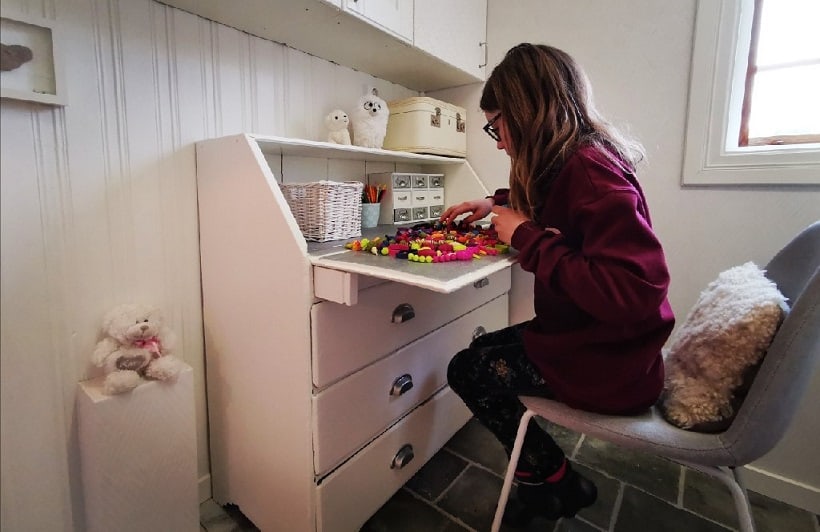
It is possible to help kids with ADHD keep a clean organized room. It’s not as hard as you think!
I originally came up with this cleaning Method to help my daughter. She has ADHD inattentive (ADD), but my method worked for my son who has ADHD hyper as well.
I believe this cleaning method will work for children who have ADD or ADHD tendencies but do not qualify for a diagnosis.
- If you’re not interested in how I came up with this method feel free to skip down to point number one.
Children with ADHD inattentive (ADD) often have a hard time getting started on projects and assignments. That, combined with a short attention span, can make everyday chores, like cleaning their room, frustrating for the parents and the child.
When my daughter was younger, she’d cry when I asked her to clean her room.
Annie Eklöv
The thought of sorting through all the things in her room and trying to put everything away was so overwhelming it invoked tears.
I often put her things in new places every time we cleaned together. I was trying to help, but this just confused her further.
When I stopped and actually listened to her frustrated comments about cleaning, an idea struck me.
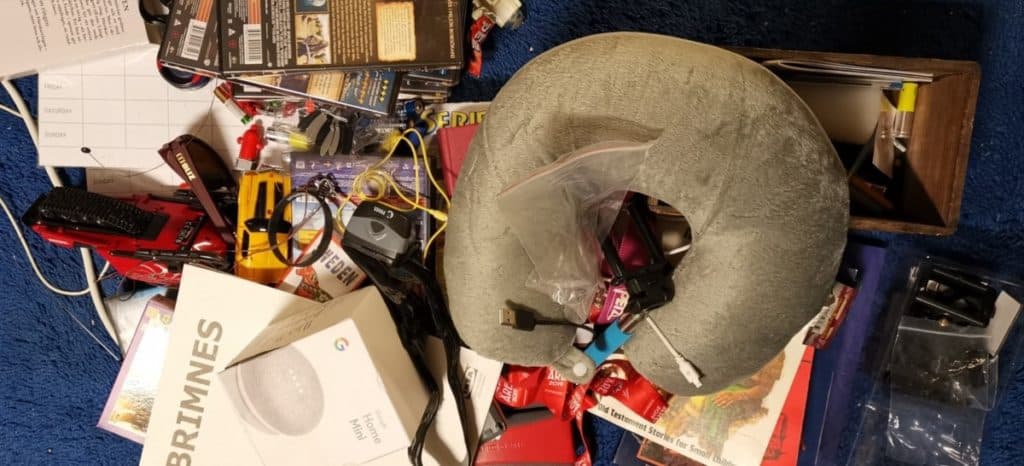
I realized that she felt the same way about picking up her room as I felt about cleaning the family junk drawer!
When trying to sort out the junk drawer, I often dump the contents out on the floor.
I stand and stare at the pile of junk, trying to grasp what I should do with the wild array of items all mish-mashed together!
Do those batteries work, I wondered? Would anyone miss those erasers if I threw them out? What does that key open?
Finally, my eyes spotted something that I knew what to do with. Hair ties and bobby pins go in the bathroom!
I trotted downstairs to put them away. My task of sorting through the junk seemed to take forever!
I began comparing her room to my junk drawer.
Kids’ rooms are usually full of many different kinds of items.
In-play, children may get out clothes to dress up in, play food, toy dishes, dolls, and stuffed animals, and possibly pens and paper to make a sign for their cafe or write a menu.
They often smuggle water into bedrooms for mixing with clay or slime to make food for their customers.
All of these things get mixed during play, and when the play comes to an end, kids can leave a massive mess in their wake.
The messy room has so many different components it’s overwhelming for kids to pick it up by themselves.
By trial and error, a strategy evolved to help my daughter clean her room.
Annie Eklöv
I wanted her to do as much as she could herself without too much parental involvement.
1. Show your child what you mean when you ask him to clean his room.
I suggest cleaning your child’s room when your kids are not home.
If your kids have too many art projects, clothes, and toys, remove a good-sized chunk of things. Put this in your storage room for 3 months.
If your children ask for a specific item that you removed, give it back to them. If not, get rid of it. (Avoid showing children everything you removed, and don’t give it all back. Require them to ask for specific items.)
I tried removing items without asking in my daughter’s room on my first declutter (I had to declutter again because I didn’t remove enough stuf). My daughter thanked me after I removed clutter from her room and reorganized!
Annie Eklöv
I don’t suggest removing stuff from your child’s room without their permission unless it’s absolutely necessary. It’s better to teach kids to declutter themsleves.
My daughter, Maria, has a hard time making decluttering decisions and felt a huge sense of relief in her cleaner, calmer environment.
My kids didn’t care about the absence of the stuff they didn’t remember owning.
If your child is angry that you removed things, assure him that you haven’t gotten thrown anything away. Whatever he wants back, he can have. Try convincing him to give the new clutter-free room a try before giving him anything back from the storage room.
The rest of your child’s things should be organized in his, and the room vacuumed and cleaned exactly how you want it to look when the child does it himself.
You can’t expect your children to clean their rooms to your standards if they have never been taught!
2. Ask your child to give some toys away to others.
If your child wants to donate something you’ve already removed from the room tell them you know where it is, and you will make sure to give it to charity.
Before Christmas is a great time to revisit this step. Many charities will accept gently used toys that they distribute to the needy.
Having less in your child’s room will = less mess to clean up.
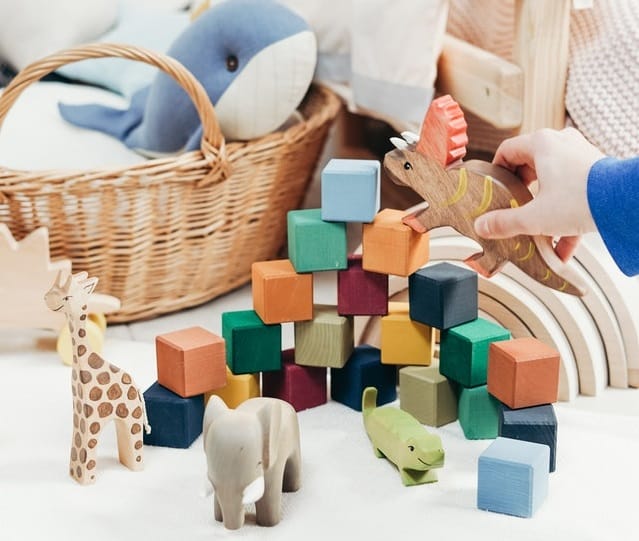
3. After the initial clean-up, pick a home for each of your child’s things.
Involve your child in deciding where things will be stored. Usually, kids have really good ideas and know best where and how they use their things.

4. Make a cleaning chart.
If they can read, write it out, but if not, use pictures to show the order of the cleaning process.
I find that I need to be available to my daughter while she is cleaning. I ask her to do one thing at a time and report back to me when she is done. Then I give her the next task.
Breaking the down chore of cleaning her room into many small tasks takes the stress out of a job. When I give her one small job at a time, she can clean up her entire room with only a little guidance from me.
She doesn’t cry and make a big fuss when I use this approach because she knows that she can do all the tasks on the list. I use the picture chart to remind her what to do next.

The following things should be on your chart;
- Take all the dirty laundry to the laundry room. I always have her start with this task. This quickly gets a big mess off the floor and out of the room.
- Throw away all the trash you can see.
- Put all books back on the shelf.
- Throw away all the papers from old homework assignments.
- Fold and put away all the clean clothes you find in the bedroom. My daughter often leaves clean clothes lying about in her room. She takes out two shirts in the morning, picks one, and doesn’t put the extra one back. After a week, there is usually a pile of clean clothes that need to be refolded.
- Put all the loose legos in the lego box.
- Lego sets that your child wants to keep together go on a shelf or in a cupboard. Often children get these down when they are playing and don’t put them back up again.
- Put all the craft stuff away. I am seriously thinking about taking all the craft supplies out of my daughter’s room and making a craft station in a different part of the house.
Craft supplies are hard to sort, and usually, doing crafts produces huge amounts of trash. Whether you have craft supplies in the room or not, if your child likes to do crafts, he or she will have lots of finished or even half-finished craft projects in their room. These need to be gone through. A rule for how long craft projects are kept can be helpful. Giving your child a plastic box to keep their crafts in can be another way to solve this problem. When the box is full, they have to pick something to get rid of if they want to keep new projects.
- Sort all other toys into their bins or boxes. In order to make this easier you should not have too many different toy categories in your child’s room.
Consider rotating toys between your children’s rooms and the storage room or making a playroom where you rotate toys. Having fewer categories to sort will make the cleaning process much smoother for your child. They won’t look at the toy piles on their floor and get overwhelmed if they only have a few categories to sort. For example, if all the toys are either Legos, Barbies, or pet shops, and they all have a permanent home, your child will know what category the toys belong to and where to put them without your help.
- Check whatever is left on the floor. If your child finds things they do not know what to do with, have them bring these things to you. You can then instruct them where to put each item. If there are old batteries put them in the recycling. If there are toys from your little sister’s room put them back. If your child has ADD and really struggles with this task it may be necessary for you to do it for him. If I notice my daughter is tired or overwhelmed I let her leave these items with me and I sort them myself.
- Most likely you will find more trash at this point. Throw it away.
- You could have your child dust if you like. I usually help with cleaning once a month. I go in after my daughter has cleaned and I do most of the dusting, along with shaking out rugs and washing the windows and the mirror. You can have your child dust every week as part of their routine if this works for you.
- Vacuum the floor and you’re done.
After helping my daughter clean her room this way for some weeks, she started to clean the living room every once in a while. She began to spontaneously pick up her room once or twice a week.
Giving her the tools to clean her room gave her the confidence to sort and put things away all by herself.
Her room is still extremely messy at times. Usually, this happens when we have been swamped, but she knows that when she gets started, it doesn’t take long before her room is clean again.
(Below, is my daughter’s bedroom when we decluttered and redecorated!)
After we reorganized her room we kept the momentum going and redecorated it. If you need some inspiration for fixing your child’s room read my blog posts on redecorating. Click below.
A Monochrome bedroom decreased my daughter’s stress and ADHD
How to create a minimalistic, monochrome bedroom with easy-to-use storage (A Helpful illustrated guide)
DIY Bedroom Storage, Lace On Cabinets, an illustrated guide.
Why kids with ADHD need their own bedrooms
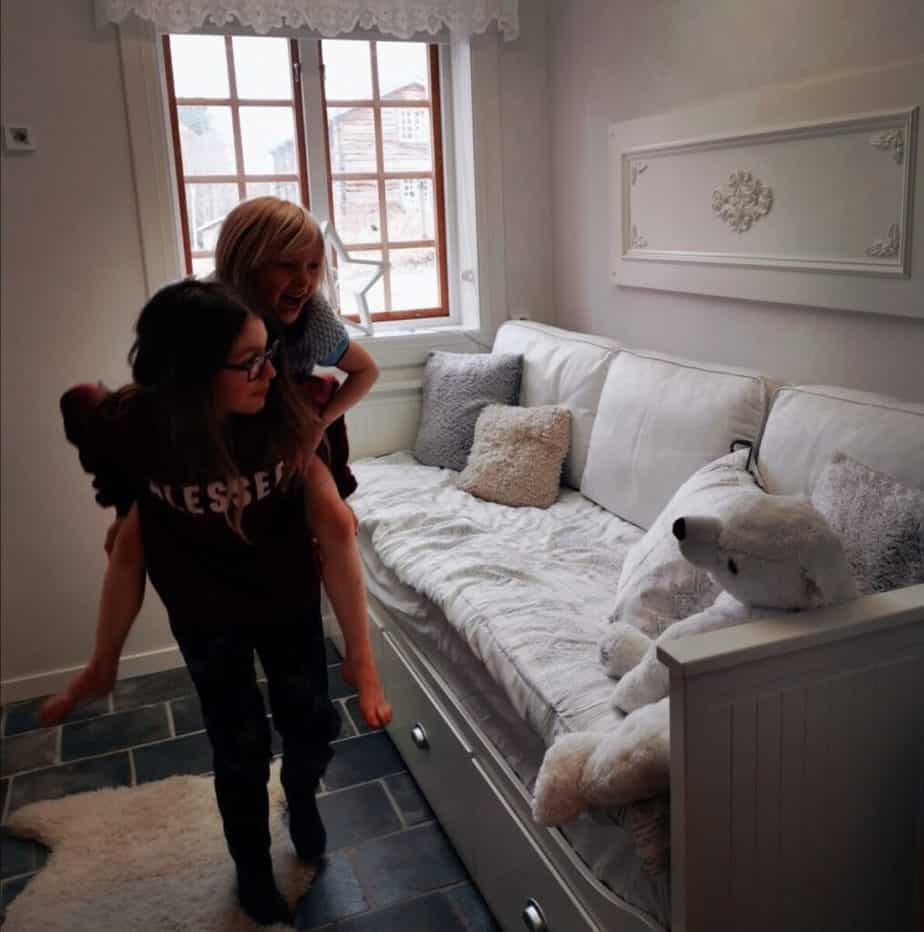
Let me know if this works for you or if you have any ideas I should add. Send me an email at annie@theadhdminimalist.com.
Check out some of my favorite blog posts below!
17 TOYS YOUR KIDS WILL NEVER NOTICE YOU THREW OUT!
HELP ADHD KIDS CLEAN THEIR ROOMS AND STAY ORGANIZED!
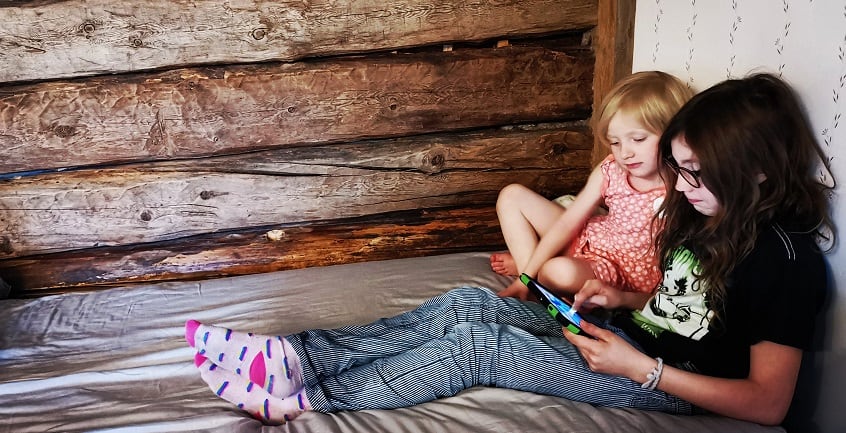
FREE MINI PARENTING COURSE AND HEART-TO-HEART TALKS FOR PARENTS OF KIDS WITH ADHD AND/OR DYSLEXIA!
ADHD AND DECLUTTERING. HOW DO YOU KNOW ITEMS ARE ESSENTIAL?
SIMPLE WAYS TO RELIEVE WORRY AND ANXIETY FOR THOSE LIVING WITH ADHD!

HELP ADHD KIDS CLEAN THEIR ROOMS AND STAY ORGANIZED!
19 SIMPLE REASONS THAT MINIMALISM REDUCES ANXIETY!
Copyright Annie Eklöv
